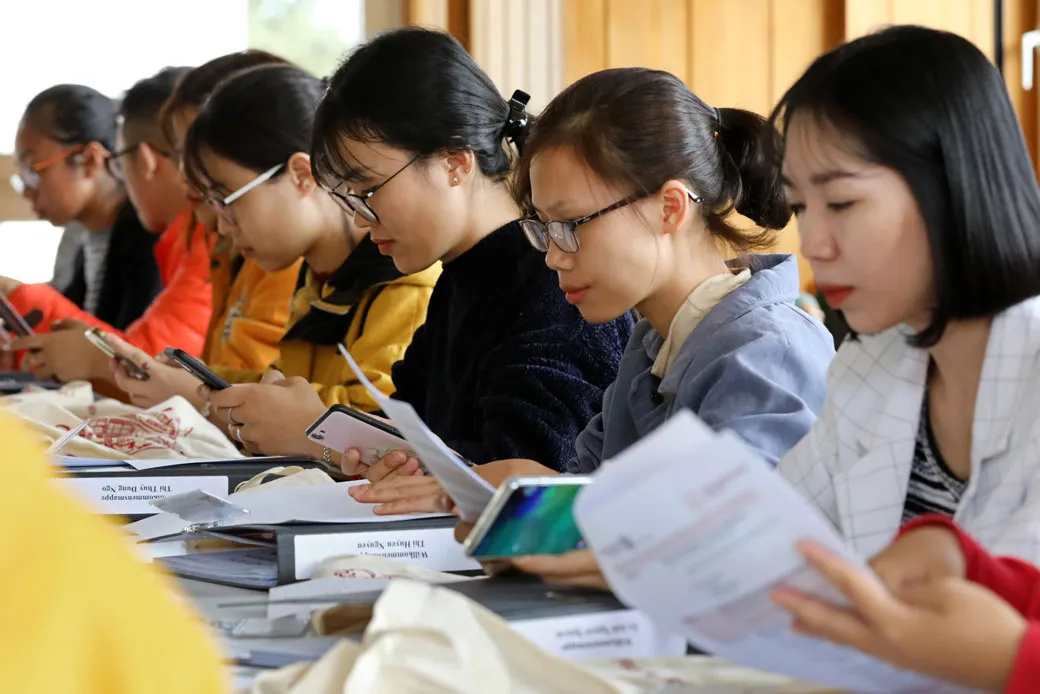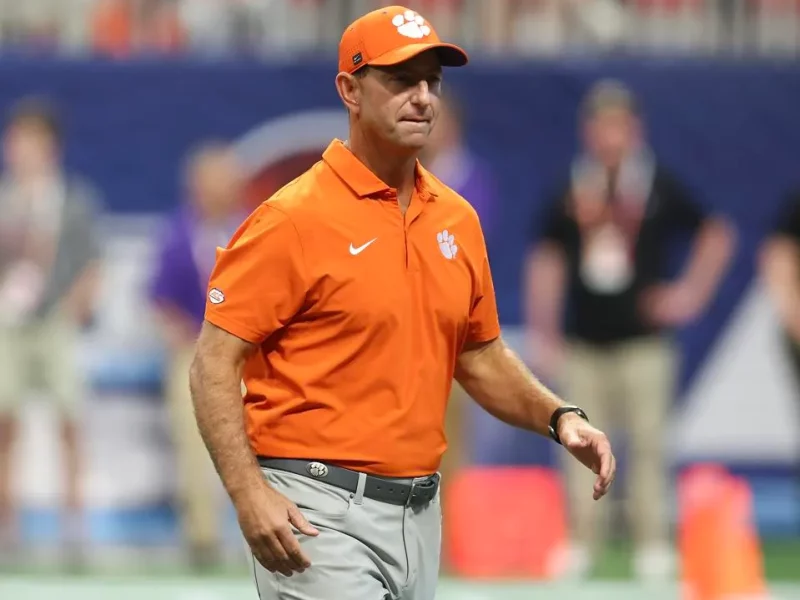In recent months, career pathways in the US have become increasingly narrow for international students. Former President Donald Trump’s renewed influence on immigration policy, especially surrounding student and work visas, is starting to shift the landscape again—and not in a hopeful direction.
The Return of Restrictive Visa Policies
The Trump-era visa restrictions are making a comeback, reigniting concerns among international students who dream of building a career in the United States. Policies under review or consideration include stricter scrutiny of F-1 student visa renewals, limitations on Optional Practical Training (OPT), and a revived push to reduce H-1B visa approvals. These changes threaten the core appeal of a U.S. education: the ability to stay and work post-graduation.
For many students, career pathways in the US have always included a mix of academic excellence and practical work experience. The tightening of these opportunities is now making some rethink their educational and professional future in the country.
OPT and H-1B in the Crosshairs
The Optional Practical Training (OPT) program allows international students to work in their field of study for up to three years after graduation (for STEM degrees). It’s been a critical bridge from college to career. But now, that bridge looks shaky. With Trump-aligned policymakers calling for cuts to OPT or for stricter criteria, the uncertainty is pushing many students to consider alternatives outside the U.S.
The H-1B visa, often seen as the golden ticket for skilled employment, has also been under fire. Under Trump’s first term, approval rates plummeted and denial rates spiked. A similar pattern could emerge again. This directly impacts career pathways in the US for graduates hoping to transition to long-term employment.
Universities Are Feeling the Pressure Too
American universities, especially those with large international student bodies, are not ignoring the issue. Schools are seeing enrollment interest from abroad dip, particularly from students who factor in long-term career potential. If the job prospects post-degree shrink, so does the incentive to choose the U.S. over countries like Canada or Australia, where post-study work rights are more generous and predictable.
What’s Next for International Students?
Career pathways in the US for international students are entering uncertain terrain. Some may pivot to other countries. Others may pursue entrepreneurship to avoid traditional visa tracks. Many will wait anxiously to see how policy unfolds ahead of the 2024 election and beyond.
While the U.S. once symbolized opportunity, that image is fading for many of the brightest minds abroad. Unless immigration policy finds balance between national interests and global talent, international students will keep looking elsewhere to build their futures.



